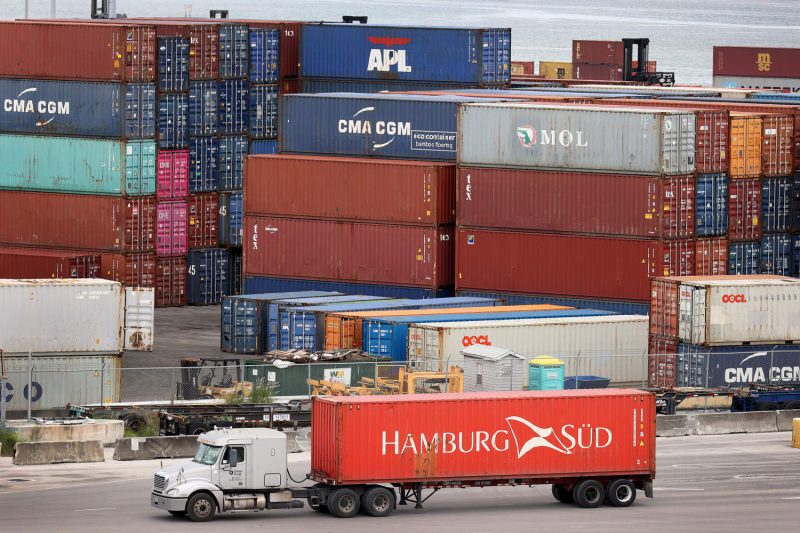In recent days, retailers across the United States have been facing a mounting challenge as East Coast dockworkers signal their preparedness to go on strike. This development has thrown the industry into a state of turmoil, with significant implications for the movement of billions of dollars’ worth of cargo. The looming strike threat has sent shockwaves through the retail sector, as businesses grapple with the possibility of disruptions to their supply chains and logistics operations.
The retail industry heavily relies on the efficient transportation of goods through the nation’s vast network of ports. Any significant disruption to this flow of cargo can have far-reaching consequences, impacting not only retailers but also consumers and the broader economy. As the specter of a strike looms, retailers are frantically working to devise contingency plans to minimize the potential fallout on their operations.
One of the primary concerns for retailers facing a potential strike is the timely and cost-effective movement of inventory. With billions of dollars’ worth of goods in transit or awaiting shipment, any disruption in the regular flow of cargo could result in delays, stock shortages, and ultimately, revenue loss. Furthermore, retailers may also face increased transportation costs as they scramble to find alternative routes and methods to move their products.
Another critical issue on the minds of retailers is the impact of a strike on customer satisfaction and loyalty. In today’s highly competitive retail landscape, providing a seamless and reliable shopping experience is paramount to retaining customers. Any disruption in the supply chain that leads to delays in deliveries or product unavailability can erode consumer trust and drive shoppers to seek alternatives.
To mitigate the impact of a potential strike, retailers are exploring various strategies to safeguard their operations and minimize disruptions. Some are diversifying their sourcing strategies by looking for alternative suppliers and transportation partners to reduce reliance on potentially affected routes. Others are increasing their buffer stock levels to ensure uninterrupted availability of key products during any disruption.
Collaboration and communication are also key elements in retailers’ contingency plans. Establishing open lines of communication with suppliers, logistics providers, and other stakeholders can help retailers stay informed about the evolving situation and adapt their strategies accordingly. By working closely with partners and sharing information proactively, retailers can better coordinate their efforts and respond effectively to any disruptions that may arise.
In conclusion, the looming threat of a strike by East Coast dockworkers has thrown retailers into a state of uncertainty and urgency. With billions of dollars’ worth of cargo at stake, retailers are racing against time to devise robust contingency plans to safeguard their operations and minimize the potential impact on their supply chains and customer experiences. By adopting proactive measures, fostering collaboration, and maintaining open lines of communication, retailers can enhance their resilience in the face of logistical disruptions and emerge stronger from any challenges that may come their way.
